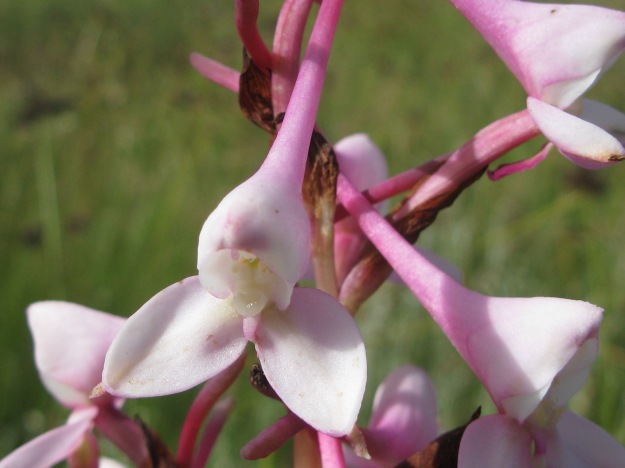CORNACEAE: Curtisia dentata (Near Threatened)
Curtisia dentata, from the family Cornaceae is one of KwaZulu-Natal’s Near Threatened trees, occurring from Ngome Forest to KwaZulu-Natal Midlands. This tree is commonly known as Assegai, and threatened by over-exploitation and bark harvesting.

The tree grows between 15m and 20 m tall with leaves that are leathery, shiny and dark green in colour. The leaves are opposite, 120mm long and 75 mm wide, with dense bunches at the base. The under leaf is pale green with noticeable veins.

The stalks are about 25mm containing fine red hairs. The flowers are small, cream-coloured and velvety, with about 10-25 flowers per umbel, varying from yellow to brownish red.

The fruit are drupe, one or two seeded, and white to red in colour.

REFERENCES:
- Notten, A. (2004, July). Curtisia Dentata. Available on: http://www.plantzafrica.com/plantcd/curtisdent.htm [Accessed on 2 June, 2016]
- Pooley, E. (1998). A field guide to wildflowers KwaZulu-Natal and the eastern region. Natal Flora Publications Trust, Durban.
- Williams, V.L., Raimondo, D., Crouch, N.R., Cunningham, A.B., Scott-Shaw, C.R., Lötter, M. and Ngwenya, A.M.(2008). Curtisia dentata (Burm.f.) C.A.Sm. National Assessment: Red List of South African Plants version 2015.1. [Accessed on 2 June, 2016]
- Images by A. Rebelo; D. Turner; C. Lochner and A.E. Symons







